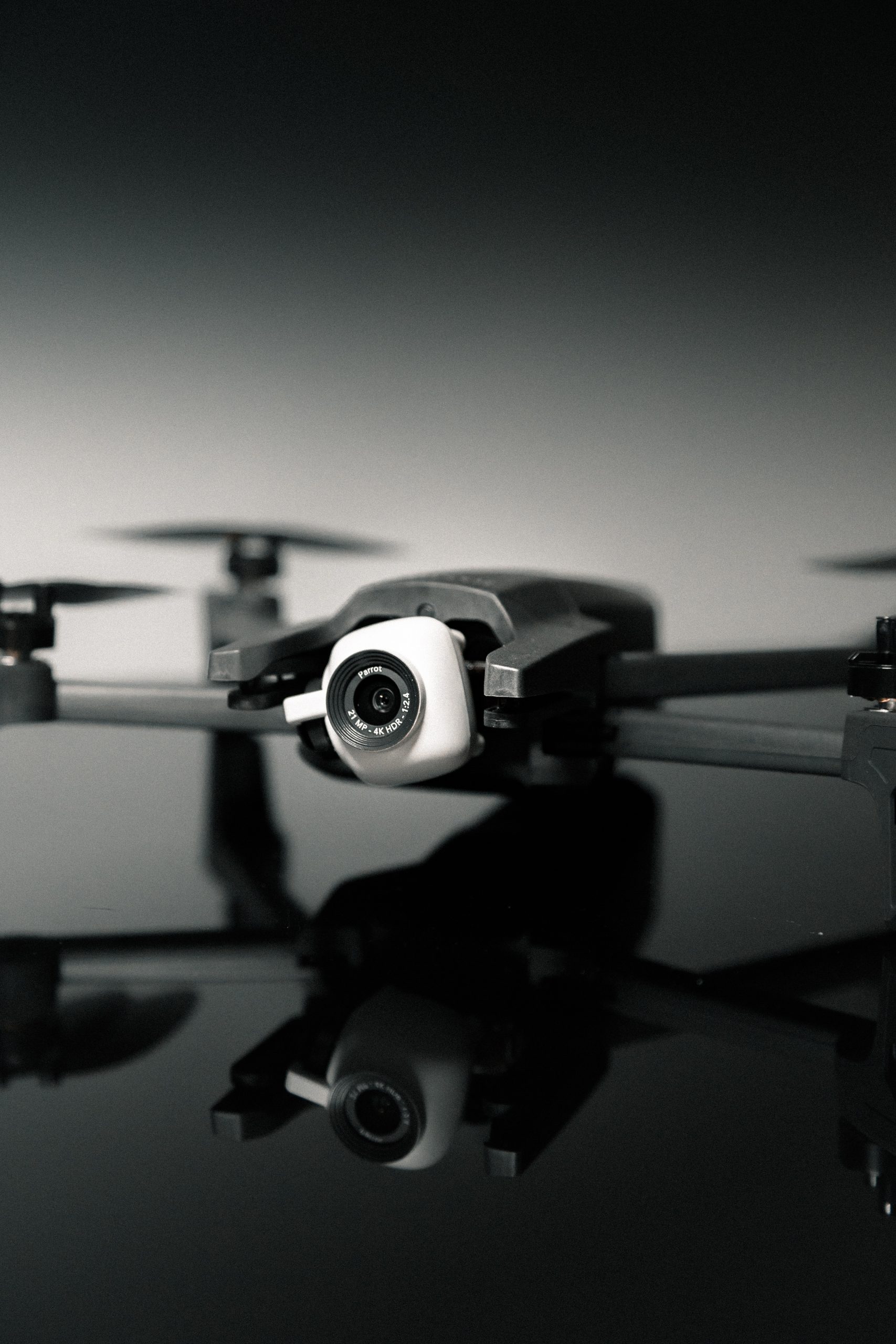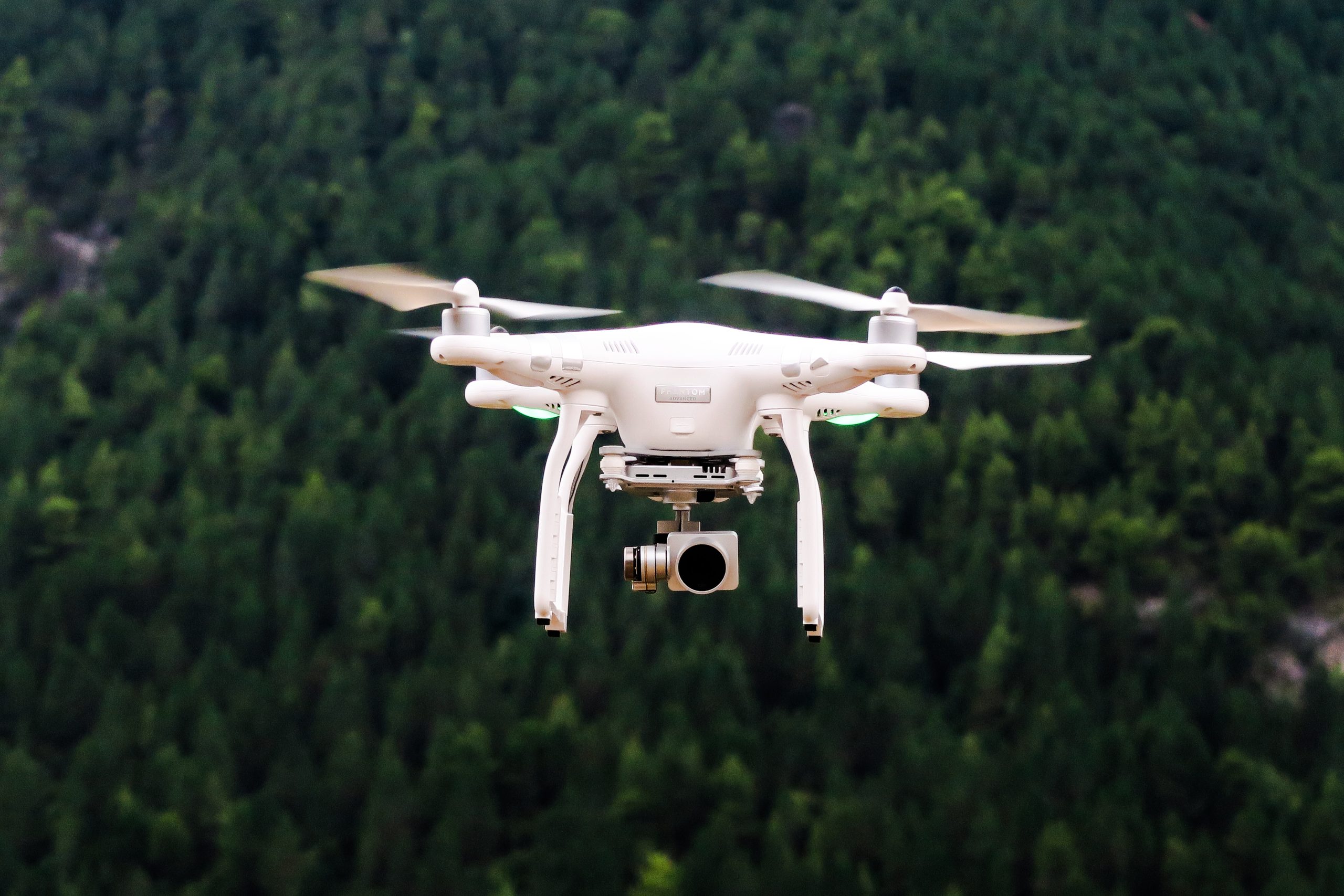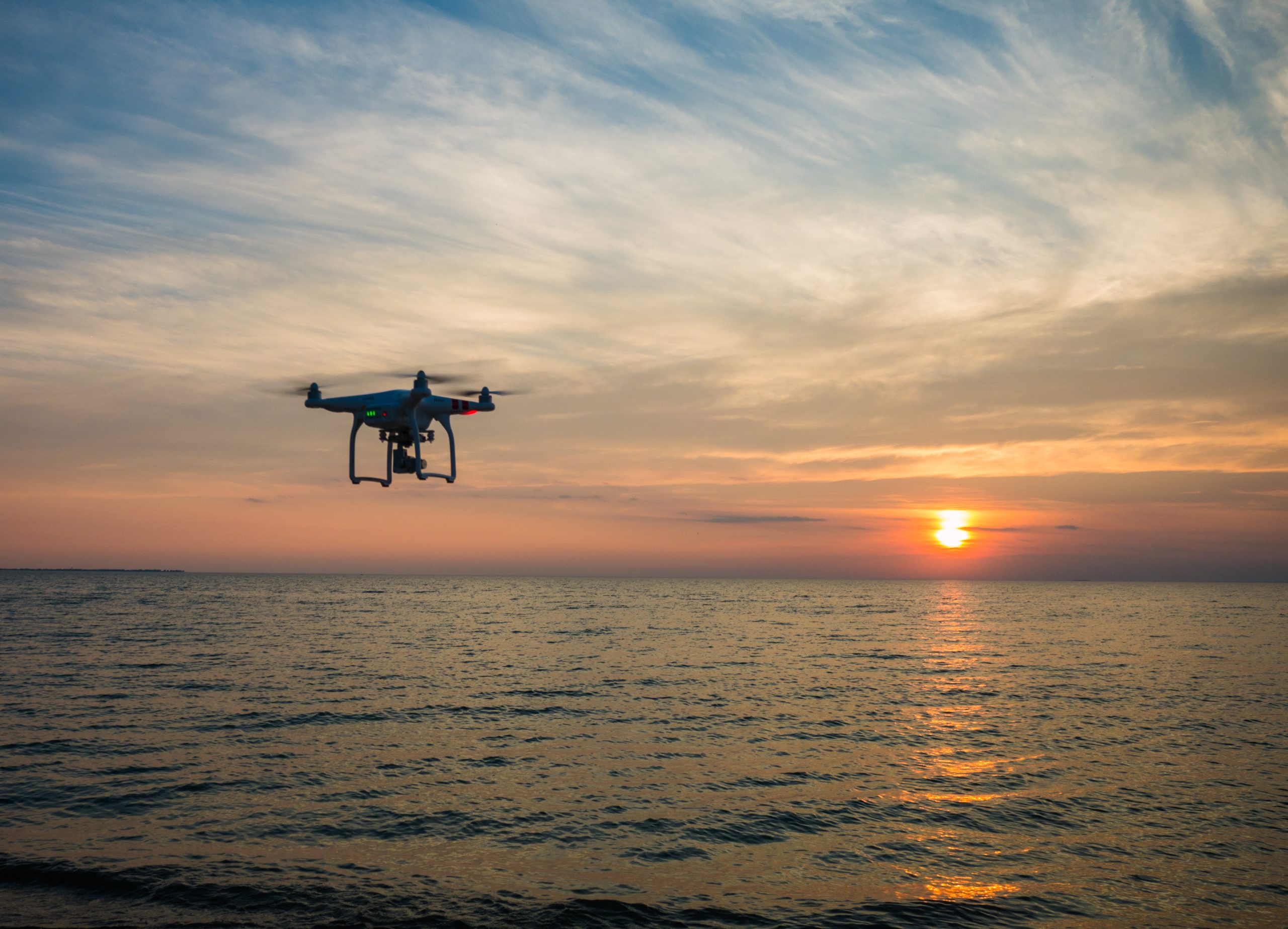Imagine a world where soccer players have a bird’s-eye view of their every move on the field, capturing every angle and analyzing their performance in real-time. Welcome to the futuristic realm of drone technology in soccer training and analysis. These flying devices have revolutionized the way coaches and players approach the game, providing invaluable insights and improving performance like never before. From aerial footage capturing tactical formations to tracking player movement, drones are becoming an integral part of soccer training, pushing the boundaries of innovation and taking the beautiful game to new heights.
Drones in Soccer Training
Increased Perspective
Drones have revolutionized the way soccer training sessions are conducted by providing an increased perspective of the field. With the ability to fly at different altitudes and angles, drones offer a bird’s-eye view of the training sessions. This unique perspective helps coaches and players to analyze their movements, positioning, and strategies from a different angle, leading to a better understanding of the overall game dynamics.
Aerial Footage for Tactical Analysis
One of the significant advantages of using drones in soccer training is their ability to capture aerial footage for tactical analysis. Coaches can now review the training sessions with detailed footage from different angles, allowing them to identify strengths, weaknesses, and areas for improvement. This information can then be used to develop specific training drills and strategies tailored to the team’s needs, ultimately enhancing their performance on the field.
Real-Time Monitoring of Training Sessions
Drones in soccer training not only provide valuable footage for analysis but also offer real-time monitoring of the training sessions. Coaches and trainers can now have a live feed of the training session, allowing them to make instant adjustments or provide immediate feedback to players. This real-time monitoring helps improve communication and efficiency during training, ensuring that the team maximizes their time on the field.
Drones in Soccer Analysis
Player Performance Evaluation
Drones have become an invaluable tool in player performance evaluation. High-resolution cameras mounted on drones capture the players’ movements, technique, and interaction with teammates during training sessions or matches. This footage can then be analyzed to identify areas of improvement, such as positioning, decision-making, or technical skills. By understanding their performance, players can work on specific aspects to enhance their overall abilities and contribute more effectively to the team.
Team Tactical Analysis
drone technology allows for a comprehensive analysis of the team’s tactical approach to the game. Coaches can observe the players’ positioning, movement patterns, and strategic decision-making from a holistic perspective. This analysis provides valuable insights into the team’s strengths, weaknesses, and opportunities for improvement. By understanding their tactical performance, coaches can develop game plans and strategies that exploit the opposition’s vulnerabilities while capitalizing on their own strengths.
Injury Prevention and Rehabilitation
Drones play a crucial role in injury prevention and rehabilitation in soccer. By capturing high-quality footage, trainers and medical professionals can closely monitor players’ movements and identify potential issues that could lead to injuries. Additionally, drones can aid in the rehabilitation process by recording and tracking a player’s progress throughout their recovery. By closely analyzing the footage, trainers and medical staff can ensure that players are on the right path to full recovery and reduce the risk of re-injury.

Drones for Match Analysis
High-Quality Broadcast Footage
drones have revolutionized the quality of broadcast footage in soccer matches. Equipped with high-definition cameras, drones capture stunning aerial shots that provide viewers with a unique and immersive experience. The breathtaking footage captured by drones enhances the overall visual appeal of the match, allowing fans to witness the game from different angles and perspectives.
Player and Ball Tracking
With advanced technology, drones can now track players and the ball during a soccer match. By utilizing artificial intelligence and computer vision algorithms, drones can follow the movements of players and the ball, providing accurate data on player positions, ball trajectories, and passing patterns. This tracking information is invaluable for match analysis, as it offers insights into team strategies, player performance, and overall game dynamics.
Virtual Reality Match Rewind
Drones have opened up new possibilities for fans to experience soccer matches through virtual reality (VR). By combining the aerial footage captured by drones with VR technology, fans can now immerse themselves in the game and relive key moments from different perspectives. Virtual reality match rewind allows fans to feel as if they are right on the field, providing a unique and unforgettable viewing experience.
Benefits of Drones in Soccer Training and Analysis
Efficiency and Time-Saving
The integration of drones in soccer training and analysis brings significant benefits in terms of efficiency and time-saving. Drones can quickly capture footage from different angles, eliminating the need for multiple camera setups or manual tracking. This streamlines the training and analysis process, allowing coaches, players, and staff to focus on other aspects of preparation and development.
Enhanced Precision and Accuracy
Drones provide enhanced precision and accuracy in capturing footage and analyzing gameplay. The high-definition cameras and advanced tracking technology ensure that every movement and action on the field is captured with utmost clarity. This detailed footage allows for more accurate analysis and evaluation of player performance, tactical strategies, and overall team dynamics.
Objective and Unbiased Analysis
drone footage offers an objective and unbiased perspective on soccer training and analysis. As drones capture the game without any human intervention or bias, the analysis is based solely on the actions and movements observed. This eliminates any potential subjective interpretations and ensures that the analysis is fair, impartial, and in the best interest of the team’s development.
Improved Training and Performance
By utilizing drones in soccer training and analysis, teams can significantly improve their overall training and performance. The enhanced perspective, aerial footage, and real-time monitoring provide valuable insights that can be utilized to refine training drills, tactics, and strategy. As players and coaches gain a better understanding of their individual and collective strengths and weaknesses, they can work towards improving their skills, teamwork, and overall performance on the field.

Challenges and Limitations of Drone Usage
Regulatory and Privacy Concerns
The use of drones in soccer training and analysis presents several regulatory and privacy concerns. Flight restrictions and regulations vary across jurisdictions, requiring organizations to obtain proper permits and permissions before using drones for official purposes. Additionally, privacy concerns arise as drones capture footage that may include spectators, staff, or individuals who have not explicitly consented to being filmed. To address these challenges, organizations must adhere to legal requirements and implement privacy policies and procedures to ensure the responsible use of drones.
Battery Life and Flight Time
Drones operate on battery power, which poses challenges in terms of flight time and endurance. The limited battery life of drones restricts the duration of their use in training sessions and matches. Organizations must carefully plan and manage drone usage to maximize their effectiveness while ensuring that battery limitations do not hinder the intended purpose. Battery life improvements, alternative power sources, or rapid battery swapping techniques are some of the potential solutions to overcome this limitation.
Weather Conditions and Environmental Factors
Drones are susceptible to weather conditions and environmental factors that can affect their flight capabilities. Strong winds, rain, or extreme temperatures may impact the stability and control of drones, potentially compromising the quality of footage captured. Organizations must consider weather forecasts and environmental conditions before deploying drones for training or analysis. Backup plans and alternative methods of data collection should be in place to mitigate the impact of adverse weather conditions.
Future Applications of Drones in Soccer
Drone Refereeing and Offside Decisions
In the future, drones have the potential to be utilized for referee assistance and offside decisions. With advanced tracking technology and real-time data analysis, drones can accurately determine offside positions and provide instant feedback to referees. This technological advancement aims to reduce human errors and contentious decisions while ensuring fair play in soccer matches.
Fan Interaction and Live-Streaming
drones can bring fans closer to the action by offering interactive experiences and live-streaming capabilities. By incorporating virtual reality or augmented reality technology, fans can control drone movements and explore the field from their perspective. Additionally, drones equipped with live-streaming capabilities can provide unique angles and viewpoints that were previously inaccessible to fans, enhancing their viewing experience.
Automated Performance Data Collection
drone technology has the potential to automate the collection of performance data during training sessions and matches. By integrating sensors and data tracking systems into drones, players’ performance metrics, such as speed, distance covered, and heart rate, can be collected accurately and seamlessly. This automated data collection eliminates the need for manual data entry, allowing coaches and staff to focus on analyzing and utilizing the data to enhance training and performance.
In conclusion, drones have transformed soccer training and analysis by providing an increased perspective, high-quality footage, and real-time monitoring. They have become invaluable tools for player performance evaluation, team tactical analysis, and injury prevention. Drones also enhance match analysis through their ability to capture stunning aerial shots, track player and ball movements, and create unforgettable virtual reality experiences. Despite the challenges and limitations, the benefits of drones in soccer, such as efficiency, precision, and improved training, outweigh the drawbacks. Looking towards the future, drones have the potential to revolutionize soccer in various ways, including assisting referees, enhancing fan interaction, and automating performance data collection. As technology continues to advance, drones will undoubtedly play an increasingly significant role in the beautiful game of soccer.



